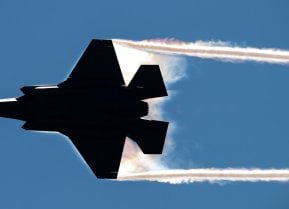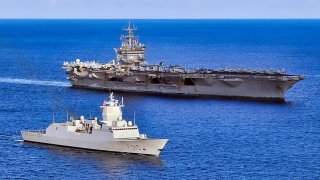Battlecarriers: How to Merge Aircraft Carriers and Battleships Together
During the Cold War, there were discussions about hybridizing battleships and aircraft carriers into "battlecarriers." The Soviet Navy attempted this with the Kiev-class, which was ultimately deemed a failure.
Summary and Key Points: During the Cold War, there were discussions about hybridizing battleships and aircraft carriers into "battlecarriers."
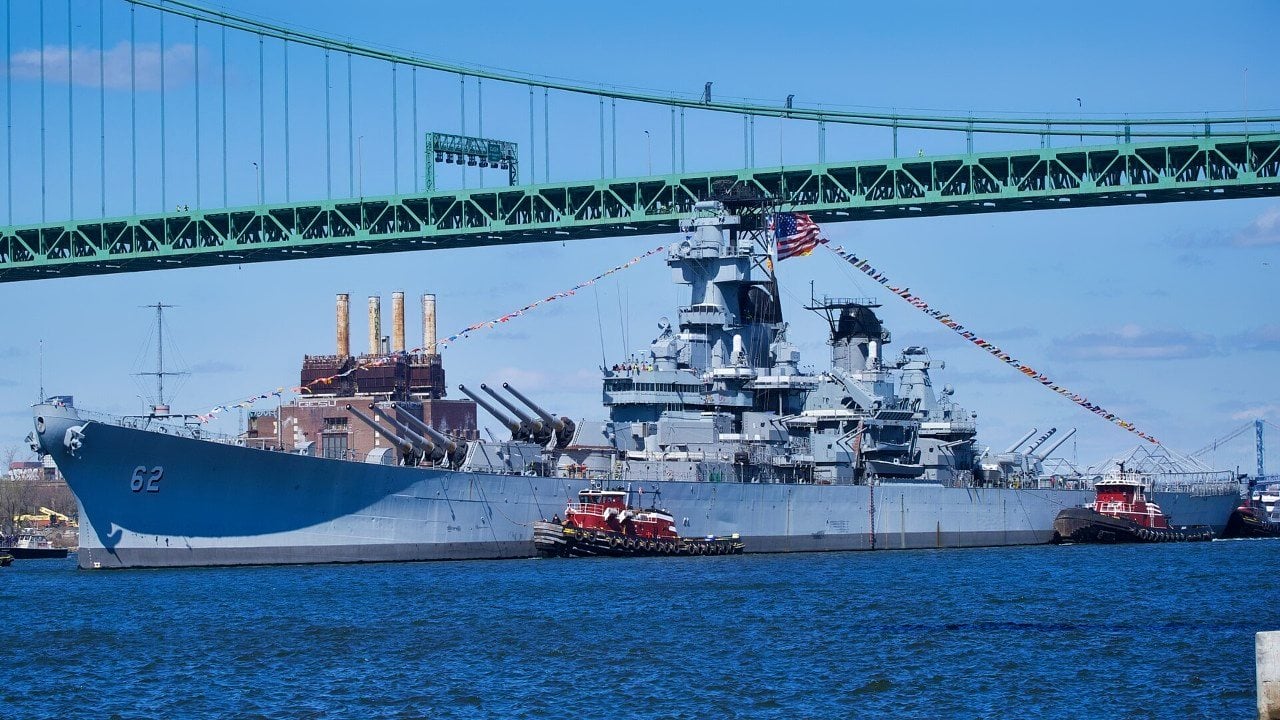
-The Soviet Navy attempted this with the Kiev-class, which was ultimately deemed a failure.
-Modern proponents of this idea argue that it could address the vulnerabilities of aircraft carriers against advanced anti-access/area denial (A2/AD) systems, particularly from China.
-However, this concept is criticized as outdated and impractical. Instead, the focus should shift to space-based platforms, underwater vehicles, hypersonic weapons, drone swarms, and directed-energy weapons to counter A2/AD threats effectively.
Battlecarriers: The Fantasy of Merging Battleships with Aircraft Carriers
There’s a lot of insane talk these days from defense planners. Some of it is completely fantastical. Other times, the talk is at least grounded in very real concerns. For example, there was some odd conversations during the Cold War about the need to hybridize the battleship with the aircraft carrier (a battlecarrier).
Of course, this concept has been tried before by the Soviet Navy during the Cold War.
The Kiev-class aircraft were a combination of battleship and aircraft carrier. According to Brent M. Eastwood writing in these pages, the Kiev-class was widely considered a failure, despite these boats being in service to the Soviet Navy (and, later, to the Indian Navy).
As Eastwood assessed, “The hybrid model could not challenge the best American carriers. They did not have the aviation assets to make a difference in aerial battle.” What’s more, what they lacked in airpower they further lacked in firepower.
A hybrid model is going to be the worst possible combination of two classes of warship that have long served separate mission sets and brought forth completely different capabilities. Merging them together will diminish the platform that is hybridizing these concepts.
Some people today have whispered of the need for some kind of a battlecarrier.
But, the people loosely speaking about hybridizing the battleship and aircraft carriers in the West are doing so because they are—finally—acknowledging the fact that America’s aircraft carriers are vulnerable as never before.
As Always, It’s All About A2/AD
This is because of the advent and growing sophistication of what’s known as “anti-access/area denial” (A2/AD) capabilities. Basically, America’s foes (notably China) have built massive arsenals of advanced missiles, rockets, and hypersonic vehicles married to sophisticated sensor nodes that track US warships in real-time and can be used to deliver destructive payloads upon those US surface warships, in order to prevent the US Navy from effectively projecting power into contested domains.
America has overcommitted to its aircraft carrier fleet. Whereas they were once novel and innovative as a power projection platform. Today, they are simply easy targets. It doesn’t matter how many defenses these boats have at their disposal. An industrial supergiant, like China, can simply overwhelm those defenses with swarms of cheap missiles, rockets, drones, and hypersonic weapons.
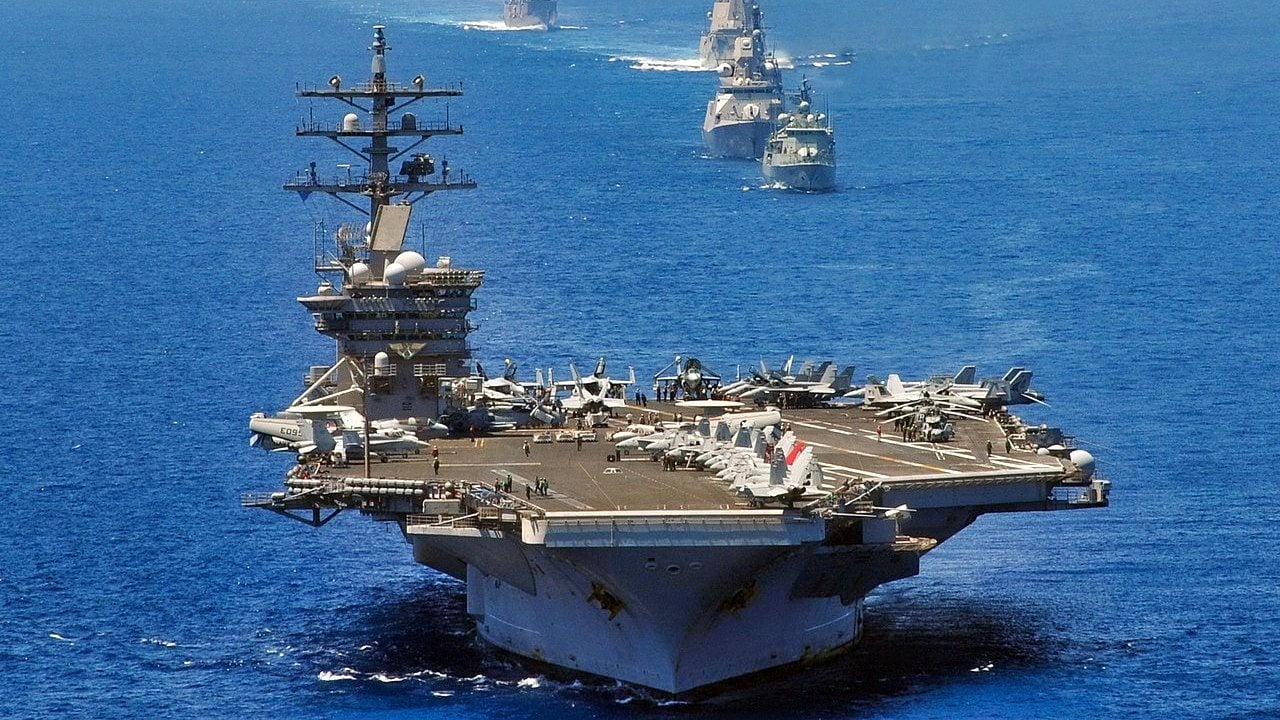
The closer that American forces must operate to regions that are “defended” by these A2/AD bubbles, the more likely it is that these massively expensive platforms will be destroyed before they can even get a shot off at their enemies.
By incorporating the battleship concept into future aircraft carrier plans, the theory goes, that the warship in question would be better defended and possess far more significant offensive capacities outside of its airwing.
Again, though, the Soviet experience with such a system should immediately dissuade the Americans from wasting precious time and resources on such desperate measures.
Bottom line: the flat top’s days as the primary capital ship for modern navies are numbered. A2/AD isn’t going away. If anything, it’s becoming a greater threat. All resources should be poured into developing systems that can disable these A2/AD systems rather than spent on wasteful fantasies.
Even if the Americans could build such a hybrid capital ship, it would be a floating disaster. We are so far beyond the days of building bigger, better capital ships. More money on obsolete systems is not the way forward.
The Way Forward
The Americans need to stop blowing its defense dollars on flat tops. Instead, the investment must be diversified. First and foremost, investing in space-based platforms that can knock out the sensor nodes that are critical for China’s A2/AD systems to operate effectively should be priority number one.
Second, the Navy needs more underwater platforms—both manned and unmanned. Third, the US military must build working hypersonic weapons (both in terms of defense and offense). Fourth, aerial drone swarms are key. And finally, fifth, directed-energy weapons (DEW) will be key.
Note how none of these things are surface warships.
Will the Pentagon wake up to this new paradigm in time or will they wait until as many as three of their vaunted carriers are sunk by Chinese missile swarms?
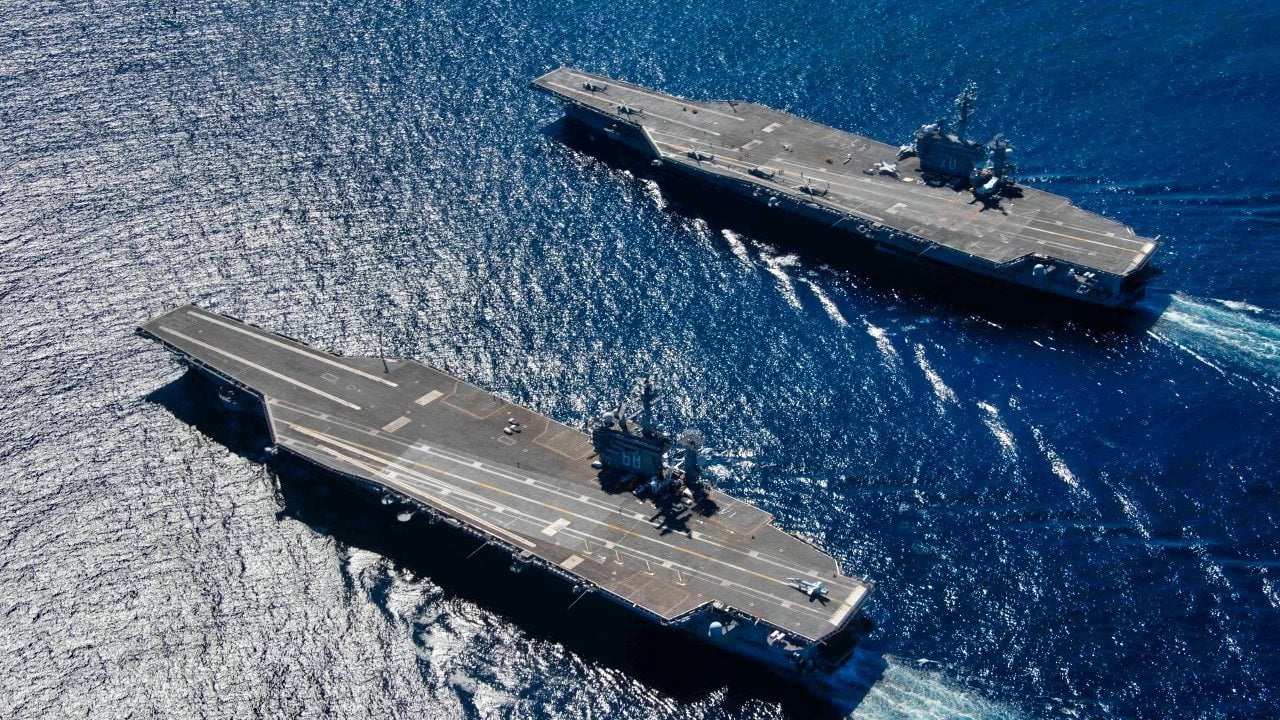
Author Experience and Expertise: Brandon J. Weichert
Brandon J. Weichert, a National Interest national security analyst, is a former Congressional staffer and geopolitical analyst who is a contributor at The Washington Times, the Asia Times, and The-Pipeline. He is the author of Winning Space: How America Remains a Superpower, Biohacked: China’s Race to Control Life, and The Shadow War: Iran’s Quest for Supremacy. His next book, A Disaster of Our Own Making: How the West Lost Ukraine, is due October 22 from Encounter Books. Weichert can be followed via Twitter @WeTheBrandon.
All images are Creative Commons or Shutterstock.
From the Vault
Russia Freaked Out: Why the U.S. Navy 'Unretired' the Iowa-Class Battleships
Battleship vs. Battlecruiser: Iowa-Class vs. Russia's Kirov-Class (Who Wins?)
